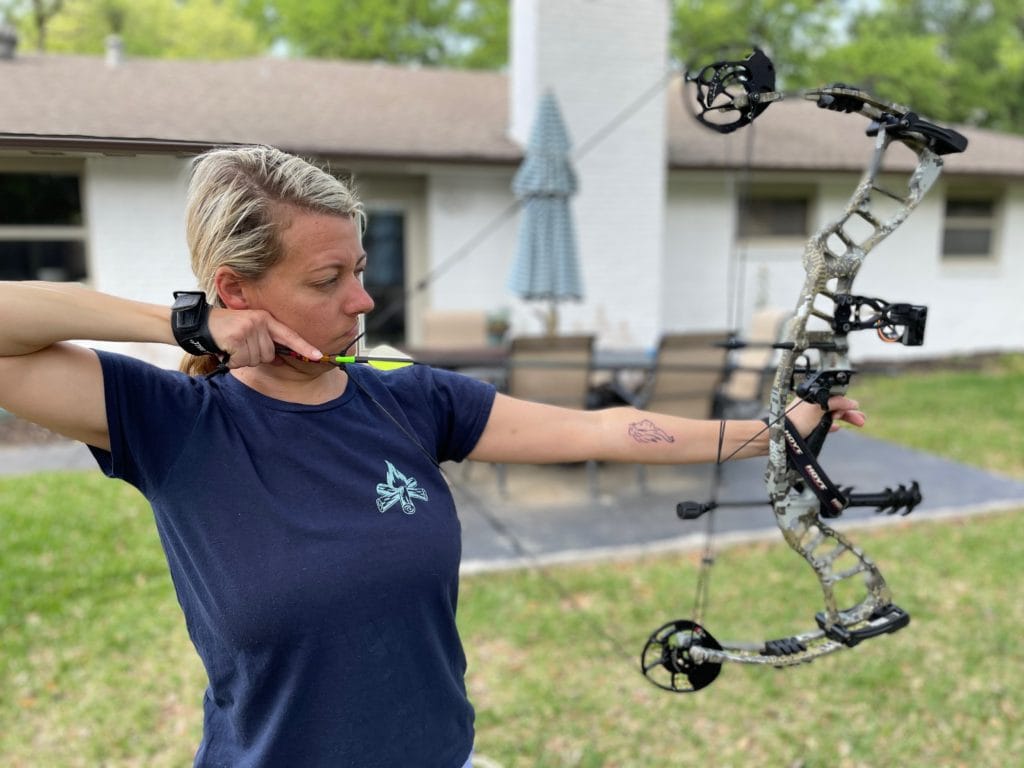Someone said, “Keep practicing not until you get it right but until you don’t get it wrong.” What if I told you the same applies to archery? And honestly, the best place to practice with your arrows is at home – Because you can set your own schedule and shoot whenever you like and consistently.
So, in this piece, I will lay out practical and efficient methods for practicing archery at home.
Pay Attention to Local Laws
Practicing archery at home is not a crime. However, rules are different for various regions. So, before building up a shooting range at home, you should ensure they are not breaching laws by checking first.
The best way to do that is to phone or visit your neighborhood police or municipal hall. It’s better to be safe than sorry, so they can provide you with the information you need on what can be done and what shouldn’t.
Keep a Safe Space
After getting clearance if it’s okay to set up a shooting range, make sure you live up to your words. Ensure you have a safe area. Even if there isn’t an inspection, build up a range that shouts “safety first” at every turn for your good and your neighbors.
Follow the strict rules you set for yourself. Additionally, follow other safety regulations for practicing at home, like having the right equipment and putting on the necessary gear. Also, do not shoot without an aim.
To prevent anyone from unintentionally straying into the line of fire, think about roping off your backyard archery lane. Keep the area clear of clutter and anything that can distract you from your target while firing. If possible, place your target at a slight downward inclination because this is often a safer angle for targets.
Work Out
I know you’re probably rolling or squinting your eyes right now, but this step is one that many won’t mention. Raising a bow isn’t easy, and if you’re a beginner, you want to maintain your stance. Before you start shooting arrows, you have to be strong.
When you begin practicing, don’t overdo it. You can still do arms and legs exercises in between archery practice. This will ultimately help you balance things out.
Practice Inside Your Home
To fully start practicing, you can do it indoors. But, you have to realize that as convenient as it is, certain cons come with setting up your archery practice indoors.
Convenience is crucial for archery practice, but not at the price of property damage or harm. However, there are some situations where it is feasible to practice archery indoors at home with a bit of imagination, room, and work.
An indoor archery range gives you additional chances to hone your skills and improve your performance.
Want a list of bada$$ women archers? We have a downloadable list of all our favorite female bowhunters on Instagram and you definitely should follow.
Another advantage of practicing indoors is you and your properties will be protected from the weather. As a result, practicing inside is more organized, convenient, and effective.
A homemade indoor range also offers privacy and the ease of not needing to drive anyplace to practice shooting.
Nevertheless, an indoor home range might increase the danger of harm for archers and viewers owing to the constrained area and proximity and indoor items or property. The priority should always be safety.
Practice Around Your Home
Practicing outdoors is another way that does not require you to drive several miles. However, it might be challenging to set up a home archery range outside. This is particularly true in urban and suburban regions where there is a lack of expansive outside space mixed with the presence of other people and their property.
The option to construct an outdoor archery range for your house and personal use must be carefully considered.

Keep in mind that archers have a personal duty to ensure that everyone else in their practice area is safe.
When archery is practiced at home, it increases the potential for injury or property damage to nearby residents, onlookers, bystanders, pets, and wildlife. If convenience is prioritized over safety, this might have adverse effects.
Nevertheless, as long as legal and safety regulations are followed, having an outdoor range at home opens up a lot of chances for archery practice. Archery is a convenient hobby or pastime that may be enjoyed more when you practice where the soft breeze blows on your face.
Also, an outdoor range you have at home can encourage neighbors to start archery.
Build a Home Backstop
If you want to learn how to practice at home, you will require a clear path and a great target, either regular or 3D archery targets.
You might consider installing an arrow backstop at the back of your target if you are practicing the proper shooting form at home and find yourself chasing errant arrows all over. This will save you a lot of time and trouble.
Hay bales are a sturdy, cheap, and great home archery backstop. The arrows will not likely leave any permanent markings or speckles with hay bales. The hay bales used as archery backstops serve their job well and are regarded as some of the best arrow backstops.
Follow standard safety precautions, regardless of your backstop, to guarantee that your practice sessions are enjoyable. Never fire toward a building, a sidewalk, or other populated places. Always be sure of your target and what is beyond it.
